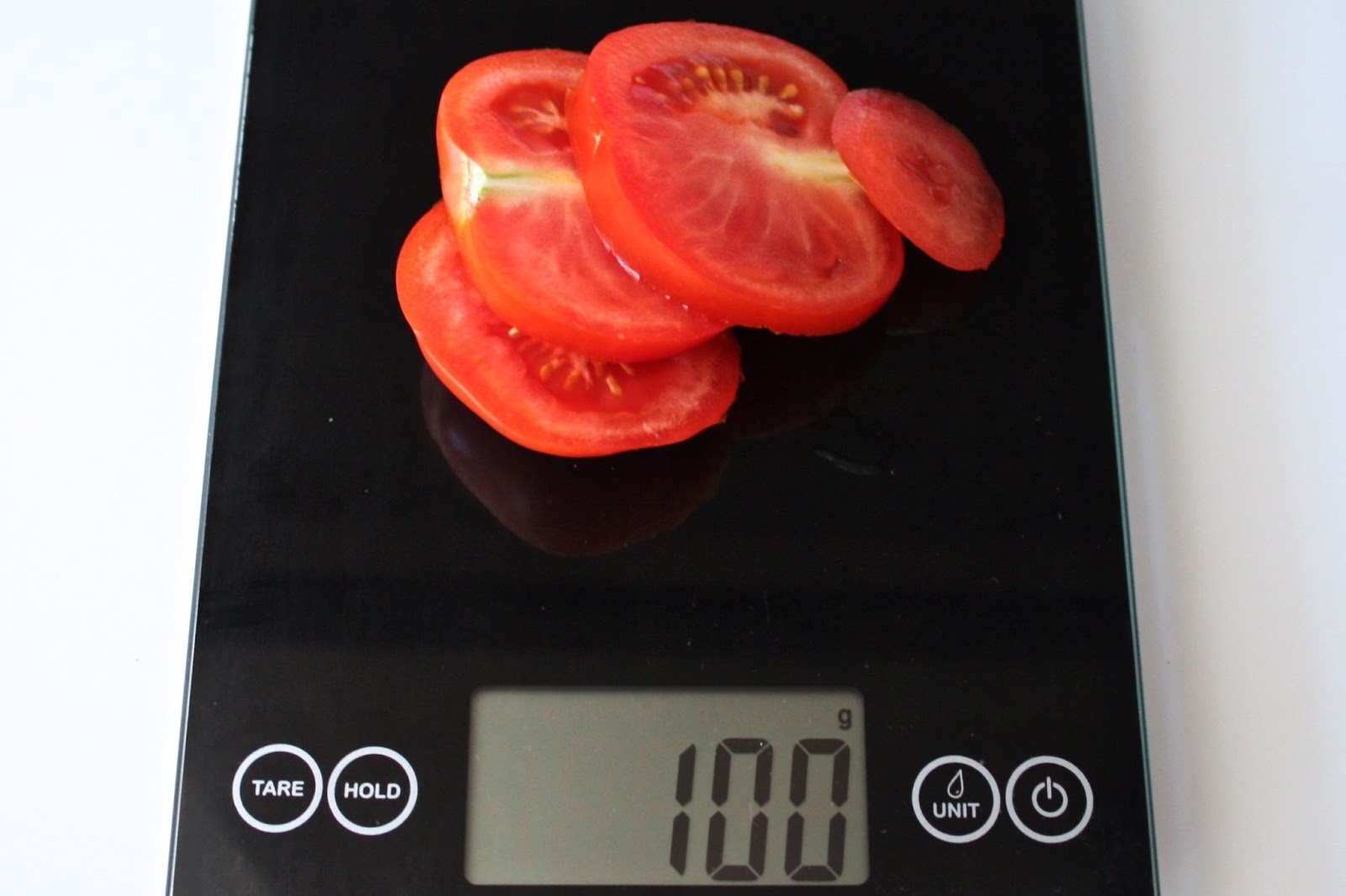When it comes to measurements in the culinary world, science, and daily life, the term "100 grams" frequently pops up as a standard unit of weight. This seemingly simple figure can hold immense significance across various fields, from cooking to nutrition and even scientific experiments. Understanding what 100 grams represents and how it can be applied in different contexts is vital for anyone looking to refine their skills or knowledge.
In the kitchen, for instance, knowing how to accurately measure 100 grams of an ingredient can mean the difference between a successful recipe and one that falls flat. Similarly, in nutrition, understanding the weight of food in grams allows individuals to track their intake more accurately, leading to healthier lifestyle choices. Moreover, in scientific research, precise measurements are crucial for achieving reliable and valid results.
This article will explore the concept of 100 grams in depth, discussing its relevance across various domains, including cooking, nutrition, and science. We will also address common questions and provide practical tips for measuring and converting weights. So, whether you're a budding chef, a health enthusiast, or a curious learner, this guide to 100 grams is tailored just for you!
What is the Importance of 100 Grams in Cooking?
In cooking, the accuracy of measurements is paramount. Recipes often specify ingredient quantities in grams, especially in more precise culinary disciplines like baking. Here’s why 100 grams is a crucial measurement:
- Precision: Cooking is a science, and precise measurements yield consistent results.
- Ingredient Ratios: Understanding how 100 grams fits into a recipe helps in scaling up or down.
- Nutrition Tracking: Knowing the weight of ingredients in grams aids in tracking nutritional intake.
How Can I Measure 100 Grams Accurately?
Measuring 100 grams accurately can be accomplished using various tools and methods:
- Digital Scale: The most accurate method for measuring weight.
- Measuring Cups: Not as precise, but can be used for certain ingredients.
- Conversion Tools: Online calculators can convert cups to grams for different ingredients.
What is the Role of 100 Grams in Nutrition?
When it comes to nutrition, 100 grams serves as a standard reference point. Nutrition labels often list serving sizes in grams, allowing consumers to make informed choices. Here’s what to consider:
- Caloric Content: Understanding how many calories are in 100 grams of food is essential for dietary planning.
- Nutritional Value: Different foods have varying nutritional profiles per 100 grams, influencing health decisions.
- Portion Control: Knowing how to visualize 100 grams can help with portion sizes.
How to Use 100 Grams for Meal Planning?
Meal planning can be simplified by using 100 grams as a reference. Here are some tips:
- Standard Serving Sizes: Use 100 grams as a base to determine serving sizes for various food groups.
- Recipe Adjustments: Scale recipes based on 100 grams to ensure balanced meals.
- Tracking Intake: Keep a food diary using 100 grams to monitor your daily intake.
What is the Scientific Application of 100 Grams?
In science, 100 grams can be a unit of measurement in various experiments and studies. It allows for consistency in results, especially in fields like chemistry and biology. Here’s how it’s applied:
- Weight-Based Experiments: Many experiments require precise measurements for accurate results.
- Comparative Studies: 100 grams can serve as a standard for comparing different substances.
- Data Collection: Using 100 grams can streamline data collection and analysis.
How Do I Convert 100 Grams to Other Measurements?
Converting 100 grams to other units can be useful in daily life. Here are some common conversions:
- To Ounces: 100 grams is approximately 3.53 ounces.
- To Pounds: 100 grams is about 0.22 pounds.
- To Milliliters: The conversion depends on the density of the substance, but for water, 100 grams is roughly 100 milliliters.
What Foods Weigh 100 Grams?
Understanding what foods weigh 100 grams can help with portion control and meal planning. Here’s a list of common foods that approximate this weight:
- 100 grams of cooked chicken breast
- 100 grams of cooked rice
- 100 grams of broccoli
- 100 grams of apples
How Can I Incorporate 100 Grams into My Diet?
Incorporating 100 grams into your diet can be straightforward with these tips:
- Balanced Meals: Aim to include a variety of food groups, using 100 grams as a guideline.
- Snacking: Portion out snacks to ensure you're consuming the right amount.
- Meal Prep: Prepare meals with 100 grams of each main ingredient for balanced nutrition.
Conclusion: Embracing the Concept of 100 Grams
Understanding the concept of 100 grams is essential in various aspects of life, from cooking and nutrition to scientific research. By honing your skills in measuring and applying this standard unit of weight, you can enhance your culinary creations, make informed dietary choices, and achieve greater precision in your scientific endeavors. Whether you are a home cook, a health enthusiast, or a budding scientist, mastering the measurement of 100 grams can open doors to new possibilities and a deeper understanding of the world around you.
Article Recommendations
- Pat Summits Son Emotional Reunion
- Kentucky Senate Race Democrat Challenger In Mitch Mcconnells District
- Zach Bryan Relationship Controversy The Truth Behind The Headlines


